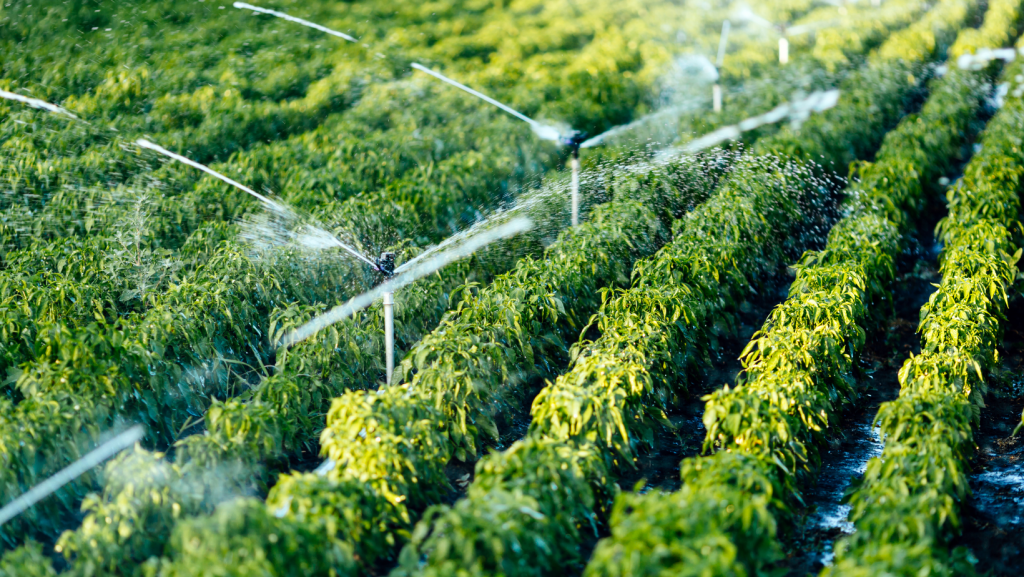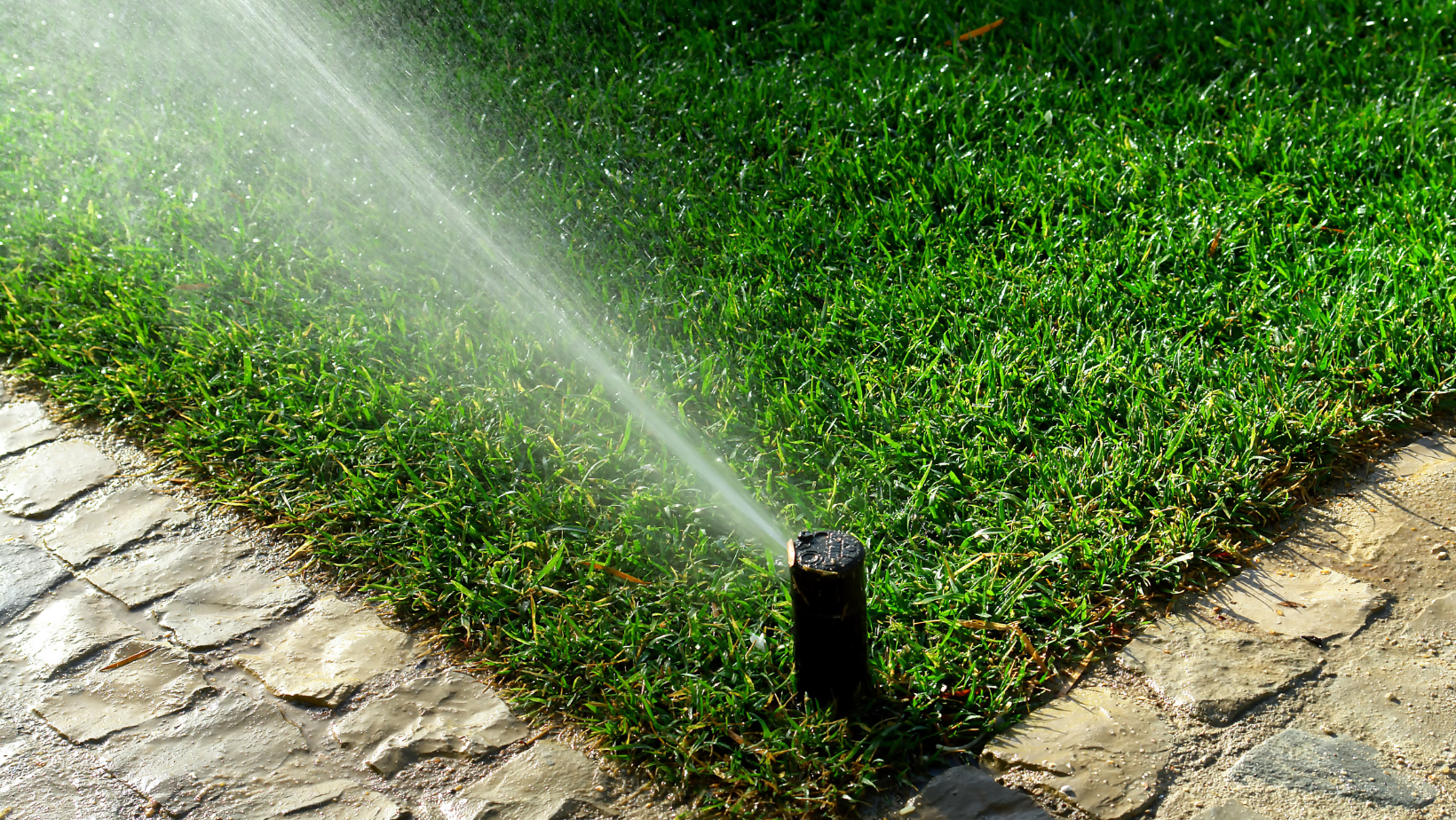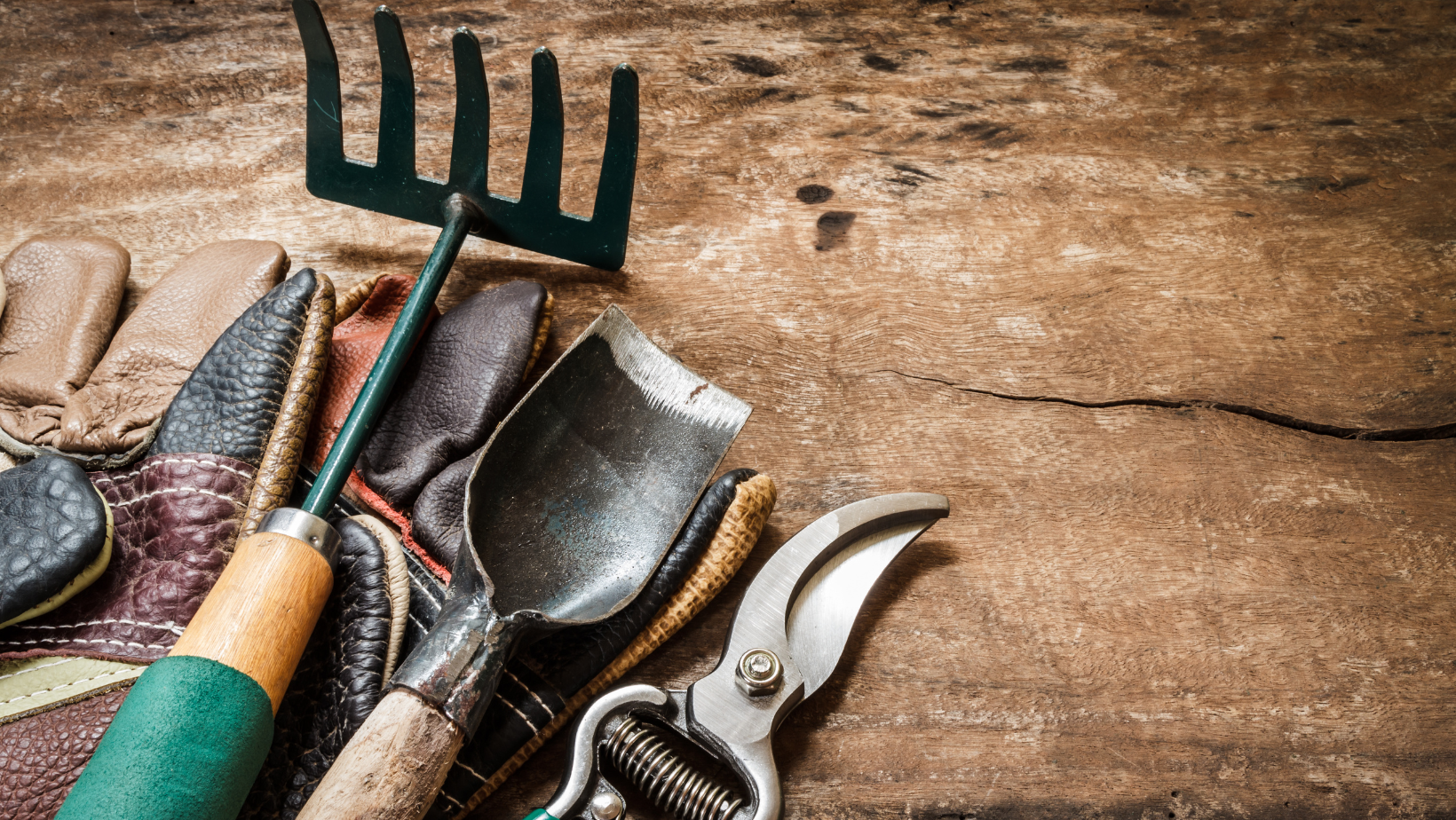Watering your plants properly is essential for maintaining a thriving garden or landscape. Whether you are tending to your lawn, trees, or shrubs, understanding their specific watering needs will help promote deeper root systems, prevent diseases, and conserve water. This guide covers how frequently to water, the best methods to use, and tips for achieving the most effective results.
Watering Lawns
Understanding Your Lawn’s Watering Needs
Lawns, whether they are cool-season or warm-season grasses, thrive when they receive consistent, deep watering. Shallow watering can lead to weak root systems, making your lawn more susceptible to drought and heat stress. The goal is to keep the soil moist but not saturated.
Cool-Season Grasses (e.g., Kentucky Bluegrass, Fescue)
- Watering Frequency: During the active growing season (spring and fall), cool-season grasses typically require 1 to 1.5 inches of water per week, including rainfall. Divide this into 2-3 watering sessions per week, depending on the climate.
- Summer Dormancy: During extreme heat, cool-season grasses may enter a dormancy period. If you wish to maintain some green color, continue to water lightly—about 0.5 inches per week—to prevent the grass from dying. Otherwise, allow the lawn to naturally go dormant and resume normal watering when temperatures cool.
- Winter: Cool-season grasses generally do not need supplemental watering in winter unless experiencing unseasonably warm or dry conditions.
Warm-Season Grasses (e.g., Bermuda, Zoysia)
- Watering Frequency: Warm-season grasses are more drought-resistant but still benefit from 1 to 1.25 inches of water per week during the growing season. Water deeply once or twice a week, depending on rainfall.
- Summer Peak: In the hottest months, water twice a week if needed to ensure deep soil moisture and prevent stress on the grass.
- Dormancy in Fall/Winter: As temperatures drop, warm-season grasses naturally go dormant and require much less water, sometimes none depending on rainfall.
Best Practices for Lawns
- Early Morning Watering: Water between 4 a.m. and 9 a.m. to minimize evaporation and reduce the risk of diseases that thrive in warm, wet environments.
- Deep Watering: Ensure water penetrates the soil to a depth of 6-8 inches. Use a screwdriver or soil probe to check if the water has reached the necessary depth. Shallow watering encourages shallow roots, which can make grass more vulnerable to drought.
- Sprinkler Systems: Use oscillating or rotary sprinklers to evenly distribute water across the lawn. Set timers to water for 20-30 minutes per zone, depending on your lawn’s soil absorption rate.
- Smart Irrigation Controllers: Consider upgrading to a smart controller that adjusts watering schedules based on weather conditions and soil moisture levels.

Watering Trees
Deep Root Systems and Irrigation
Trees have deeper and more extensive root systems than lawns or shrubs, which means they require less frequent but deeper watering. Newly planted trees, in particular, need careful attention to watering until they establish strong root systems, which can take several years.
Young Trees (First 1-3 Years)
- Watering Frequency: Water newly planted trees deeply once a week. Use 10-15 gallons of water per watering session. During hot, dry spells, increase watering to twice a week.
- Establishment Phase: Continue weekly deep watering for the first two years, ensuring water reaches 12-18 inches into the soil to support root development.
Mature Trees
- Watering Frequency: Mature, established trees typically need deep watering once a month during dry periods. Some large trees may not require supplemental watering if there is adequate rainfall, especially in regions with cooler, wetter winters.
- Summer Drought Conditions: Increase watering during long periods of hot, dry weather to once every 2-3 weeks, ensuring water penetrates 18-24 inches into the soil.
Best Practices for Trees
- Water Around the Drip Line: The feeder roots of a tree are located at the drip line—the area beneath the outermost branches. Water here instead of near the trunk to ensure the water reaches the roots that absorb nutrients.
- Mulching: Apply 2-4 inches of mulch around the base of the tree, extending to the drip line but keeping it 2-4 inches away from the trunk. Mulch helps retain soil moisture and reduce evaporation.
Watering Shrubs
Customized Care for Shrubs
Shrubs come in various sizes and varieties, from flowering shrubs to evergreens, and their watering needs vary accordingly. Proper watering ensures healthy growth, vibrant foliage, and resilience against pests and diseases.
Newly Planted Shrubs
- Watering Frequency: Water newly planted shrubs deeply 2-3 times per week for the first year. The goal is to keep the root zone consistently moist but not waterlogged, especially during hot weather.
- Amount: Each watering should allow water to penetrate at least 8-12 inches into the soil. For smaller shrubs, aim for 1-2 gallons per watering, while larger shrubs may need 3-5 gallons.
Established Shrubs
- Watering Frequency: Once established, most shrubs need deep watering once a week during the growing season. In particularly hot or dry weather, check the soil and adjust as needed to keep moisture levels consistent.
- Drought Tolerance: Some shrubs, such as lavender and juniper, are more drought-tolerant once established and may only need watering once every two weeks, depending on rainfall and soil type.
Best Practices for Shrubs
- Deep Watering: Similar to trees, shrubs benefit from deep watering that encourages deeper root systems. Water should soak the soil to at least 12 inches deep, promoting stronger, more drought-resistant plants.
- Morning or Evening Watering: Water early in the morning or late in the evening to minimize evaporation and ensure the water has time to soak into the soil.
- Drip Irrigation: Drip irrigation systems work well for shrubs because they deliver water directly to the root zone without wetting the foliage, which reduces the risk of fungal diseases.
General Irrigation Tips
- Soil Type Matters: Sandy soils drain quickly and may require more frequent watering, while clay soils retain water longer but need deep watering less often. Adjust your watering schedule accordingly to suit your soil type.
- Watch for Signs of Over or Under-Watering: Over-watered plants may show yellowing leaves, while under-watered plants may wilt or develop dry, crispy leaves. Check soil moisture regularly to avoid either extreme.
- Weather Adjustments: Always adjust your irrigation schedule based on rainfall and temperature. After significant rainfall, hold off on watering to avoid oversaturating the soil.

Need Assistance?
Watering your lawn, trees, and shrubs effectively can be challenging, especially when balancing weather conditions, soil types, and plant species. If you’re unsure about your irrigation practices or need help diagnosing water-related issues, don’t hesitate to reach out to Green Hills Nursery. Bring in pictures or soil samples in a resealable bag, and our experts will provide tailored advice to ensure your plants receive the right amount of water. We’re here to help you keep your garden healthy, vibrant, and thriving year-round!




